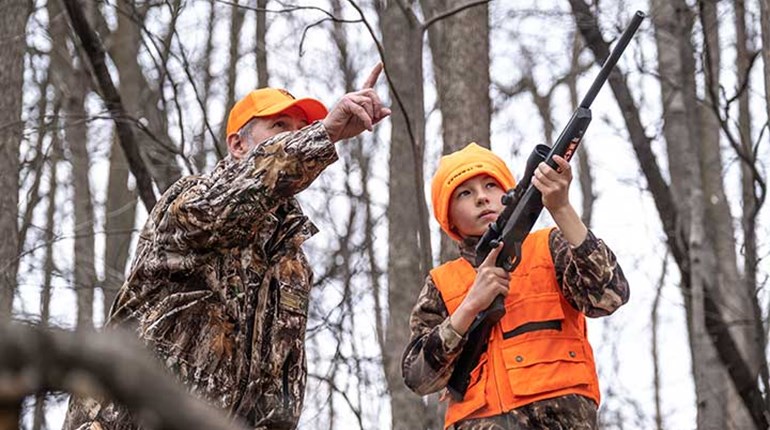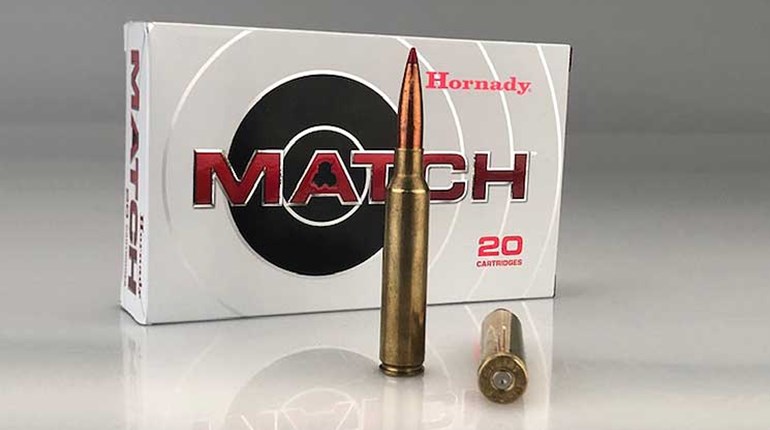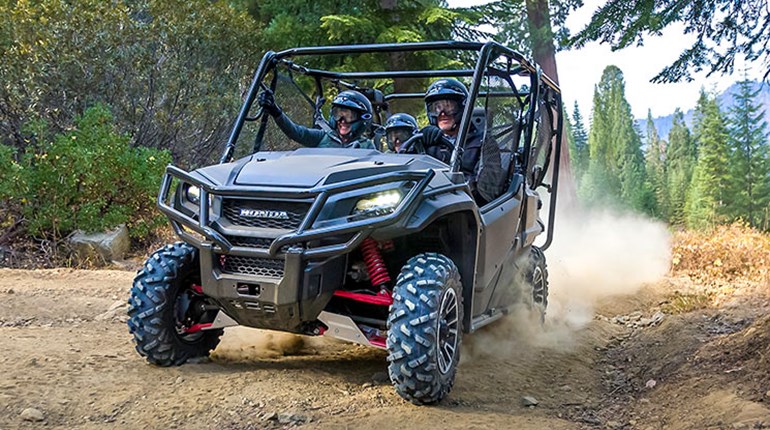
Bad Boy no longer makes buggies. The present owner of Bad Boy changed the name of the side-by-side off-road units it makes because nobody wants to buy a buggy, after all.
Bad Boy started in 2003 in Natchez, Miss., but in 2010 it was acquired by Textron, a Fortune 500 company known worldwide for Cushman industrial vehicles, Cessna aircraft and Bell helicopters. Immediately, Textron addressed issues surrounding Bad Boy reliability, service and parts supply. Soon thereafter, the new owner addressed the name. Nowadays, it’s called Bad Boy Off Road. It still offers an electric vehicle, the Recoil, and a hybrid vehicle, the Ambush. But Bad Boy Off Road always knew it would enter the gas-fueled world. This year it delivered the Stampede 900 4x4. I drove several iterations of it during a Texas turkey hunt last spring, and I was impressed by bold design and solid engineering ready to tackle chores on the ranch or deliver hunters to their secret spots with aplomb.
To produce its first gas-powered unit, Bad Boy sought the best design and manufacturing it could find. The vast majority of the unit is produced in Augusta, Ga., but some components are made elsewhere. The engine, for instance, is produced by Weber, a German firm, and the suspension system is designed by MillenWorks, a California firm. Both suppliers, however, are now owned by Textron because in the end the purchases just seemed like good fits.
The 846 cc liquid-cooled, four-stroke, twin-cylinder, SOHC gasoline engine is fuel-injected, and produces 80 hp and 59 lb.-ft. of torque with a forged crankshaft, camshaft and connecting rods. A dry-sump oil system, as seen on many such engines, provides constant oil delivery when cornering and climbing, and lower operating temperatures, less friction and increased oil life. Engine braking is standard. An LCD display on the dashboard provides feedback on fuel, engine temperature, speed and more. It also provides an industry first: on-board diagnostics (OBD), so shade-tree mechanics without time to haul their units 200 miles to a dealer can buy an OBD code reader from an auto parts store, figure out what ails a machine then order necessary parts to perform service themselves.
Power is transferred to the tires via a continuously variable transmission. On-demand four-wheel-drive is standard. The front differential operates via an automatic-locking overrunning clutch; the rear end is spooled (a locking rear differential is optional). Braking is supplied by four-wheel hydraulic discs with 9-inch rotors and dual-piston calipers. The four-wheel double A-arm independent suspension provides 9.5 inches of travel up front and 10.5 inches in back. Front and rear sway bars reduce body roll while cornering. Ground clearance is 11.25 inches.
Plenty of thought went into the design of the passenger compartment. There is 39 inches of step-in room between the rollover protection system and the seat, and another 31 inches between the dash and seatback. That’s industry-leading space to make stop-and-go, in-and-out-of-the-machine work on the ranch quicker and hassle-free. The doors are forward-opening, so if a driver does not latch his door securely it will be slammed shut—not ripped off—by oncoming obstacles.
The Stampede provides a class-leading 24 cubic feet of storage for gear—but not all of it has to go in the bed. A 13.7-cubic-foot extended cab holds plenty of stuff right behind the seats. Optional gun and bow racks can be mounted there. The bed tilts to dump up to 600 pounds of payload. All told, the Stampede can carry up to 1,200 pounds of humans, gear and game, and tow up to 2,000 pounds behind a standard 2-inch receiver.
No side-by-side will sell if it’s not backed by a host of accessories available for owners to configure machines to their needs, and Bad Boy’s Fast-N-Latch system does just that with a Grizzly G50 cooler, extra fuel storage, a toolbox, D-ring kit, spare tire mount, bed extender and bed net. Other premium accessories include front CV guards, rock sliders to protect frame and body panels, fender flares, a Warn 4500 winch, lighting systems, a glass windshield and a hardtop.
In standard configuration, the two-seater can be had in Inferno Red and Forest Green with rack-and-pinion steering and black steel wheels for $13,799. The EPS model in red, green, Jet Black and Realtree Xtra adds electronic power steering, a selectable locking rear differential, high/low headlamps and 26-inch Kenda tires for $14,799. The EPS+ model adds to those niceties premium seats and 27-inch Maxxis Bighorn tires on alloy wheels; it comes in red, black and Platinum for $15,599. Prospective buyers can opt for the Workman or Hunter package, outfitted with accessories including a hardtop, windshield, brush guards and rear bumpers, light kits and a Warn winch. Every unit is covered by a two-year warranty.
Technical Specifications:
• Drivetrain: 846cc liquid-cooled twin-cylinder four-stroke SOHC fuel-injected gas engine w/80 hp, 59 lb.-ft. torque; CVT w/on-demand 4WD; auto-locking overrunning clutch front axle, spooled rear (selectable locking rear optional)
• Suspension: front double A-arm w/9.5" travel; rear double A-arm w/10.5" travel; rack-and-pinion or EPS steering
• Brakes: 4-wheel hydraulic discs w/9" rotors, dual-piston calipers
• Dimensions/Capacities: overall length 126"; wheelbase 85.2"; width 58"; height 75"; ground clearance 11.25"; curb weight 1,690 lbs.; towing 2,000 lbs.; bed 600 lbs.; fuel 9.5 gals.
• MSRP: $13,799-$15,599





































